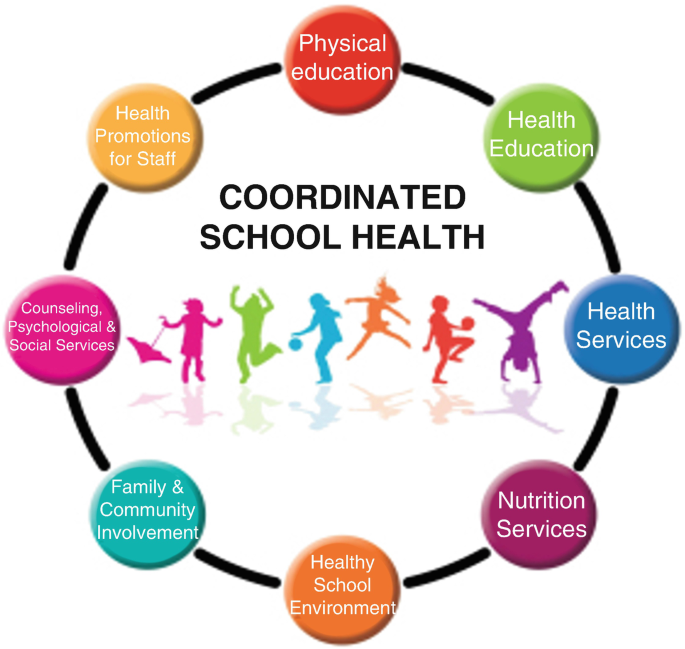School Health Practices
School Health Practices
Frameworks and Models for School Nursing Practice, Levels of Prevention, Legislature
In an essay of 1500 to 2000 words, using at least 2 APA style cited references, write an essay in APA style on the following topics.
Three Levels of Prevention
Discuss the three levels of prevention. Of the examples given in your textbook, describe how one of each would be different based on the age of the individual.
Collaboration of School Nurses
School nurses are called upon to collaborate with many different groups. Chapter 9 describes various laws pertaining to the school nurse. School nurses are impacted by the Centers for Disease Control and Prevention more than any other agency. Discuss why that statement is true.
HIPAA vs. FERPA
Describe the difference between the Health Insurance Portability and Accountability Act and the Family Educational Rights and Privacy Act, and how they affect a school health practice.
CAPTA and School Health Practice
Discuss the Child Abuse Prevention and Treatment Act and how it affects a school health practice.
Connection Between School Health and Public Health
Discuss the connection between School Health and Public Health, giving examples from both chapters 4 and 9.

School Health Practices
The role of school nurses is pivotal in promoting the health and well-being of students. This essay discusses the three levels of prevention, the collaboration of school nurses with various groups, the implications of specific laws affecting school health practices, and the connection between school health and public health. By analyzing these components, we can understand how they contribute to a holistic approach to student health.
Three Levels of Prevention
Prevention in healthcare is categorized into three levels: primary, secondary, and tertiary prevention.
Primary Prevention aims to prevent disease before it occurs. For example, administering vaccinations to elementary school children serves as a primary prevention strategy to protect against infectious diseases.
Secondary Prevention focuses on early detection and treatment of diseases. For instance, screening for vision or hearing problems in middle school students exemplifies secondary prevention.
Tertiary Prevention is concerned with managing and rehabilitating individuals with established diseases. In high school students with asthma, providing education about managing their condition effectively represents tertiary prevention.
The approach to each level of prevention may vary based on age. For young children, preventive measures might involve parent education and community vaccination drives. In contrast, for adolescents, prevention may focus on sexual health education and mental health resources, illustrating the need for age-appropriate strategies.
Collaboration of School Nurses
School nurses collaborate with various stakeholders, including parents, teachers, healthcare providers, and local health agencies. Chapter 9 outlines different laws that impact school nursing practice, such as the Individuals with Disabilities Education Act and the Family Educational Rights and Privacy Act. The Centers for Disease Control and Prevention (CDC) significantly influences school nursing through guidelines and policies designed to promote student health. The CDC provides resources on immunization, nutrition, and mental health, making it a vital agency for school nurses. Its influence is particularly relevant during public health crises, such as the COVID-19 pandemic, where school nurses play a crucial role in implementing health protocols.
HIPAA vs. FERPA
The Health Insurance Portability and Accountability Act (HIPAA) and the Family Educational Rights and Privacy Act (FERPA) are two critical laws affecting school health practices. HIPAA protects the privacy of individuals’ health information, applicable to healthcare providers and plans. It ensures that students’ medical records are kept confidential. Conversely, FERPA protects the privacy of student education records and grants parents and eligible students certain rights regarding those records. While both laws safeguard privacy, HIPAA focuses on health information, whereas FERPA encompasses educational records, highlighting the importance of understanding their implications in school health practice.
CAPTA and School Health Practice
The Child Abuse Prevention and Treatment Act (CAPTA) plays a significant role in school health practices. CAPTA provides federal funding to improve the prevention, identification, and treatment of child abuse and neglect. It mandates that school personnel report suspected cases of child abuse. Consequently, school nurses must be trained to recognize signs of abuse and understand the reporting process. By doing so, they can contribute to the safety and well-being of students, emphasizing the intersection of health and child welfare.
Connection Between School Health and Public Health
The connection between school health and public health is evident in various initiatives and programs aimed at improving community health. School health programs often align with public health goals by promoting health education, physical activity, and mental health services. For example, initiatives that encourage physical education in schools contribute to public health efforts to combat childhood obesity. Additionally, vaccination programs in schools help achieve public health objectives by increasing herd immunity within the community. Both chapters 4 and 9 illustrate how school health practices are essential for fostering a healthy population.
Conclusion
In conclusion, the role of school nurses encompasses various responsibilities that directly impact student health. Understanding the three levels of prevention, the influence of laws, and the relationship between school health and public health are essential for effective nursing practice in educational settings. Through collaboration and adherence to regulations, school nurses can contribute to the overall well-being of their students and promote a healthier future for the community.
References
Bureau of Health Workforce. (2023). School Health Services. Retrieved from https://bhw.hrsa.gov/health-workforce-analysis/school-health-services
Centers for Disease Control and Prevention. (2024). School Health Policies and Practices Study. Retrieved from https://www.cdc.gov/healthyyouth/data/shpps/index.htm



